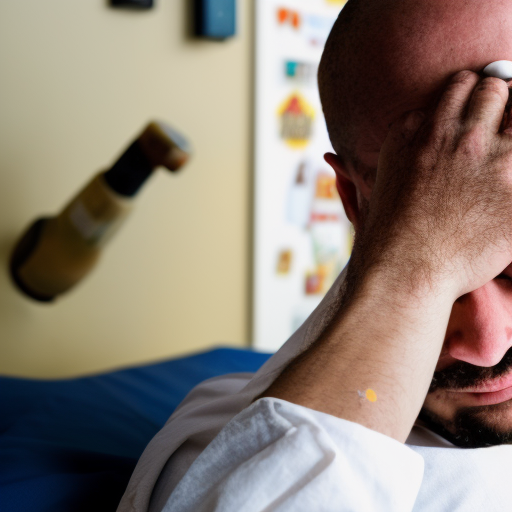The body structures that enable reproduction are the male or female reproductive organs. In females, these organs consist of the vagina, uterus, fallopian tubes, and ovaries. The vagina is a muscular, hollow tube that connects the external organs to the uterus. The uterus is the main part of the reproductive system which houses the fetus during development. The fallopian tubes are vessels that connect the uterus to the ovaries where eggs are produced. Finally, the ovaries are two organs that produce eggs and hormones necessary for fertilization.
For males, the primary reproductive organs are the testes which produce sperm cells, and the penis which is used to deposit sperm into the female reproductive organs. The sperm channels, or epididymis and ductus, transport sperm from the testes to the penis. Other body structures associated with reproduction are the male and female external genitalia such as the labia and scrotum in females and the foreskin and scrotum in males.
All of these combined body structures enable successful reproduction. This is because the male and female reproductive systems are intricately linked, and each body structure works to ensure the continuity of the species. For instance, the reproductive organs, such as the ovaries and testes, produce the necessary gametes for fertilization. The vaginas and penis are organs that allow the male and female reproductive systems to interconnect, while the external genitalia further assist the process of reproduction by providing a physical entrance for sperm.
Overall, the body structures that enable reproduction are the male and female reproductive organs, the male and female external genitalia, and the sperm channels. These body structures all work together to allow successful fertilization and reproduction.
The body structures that enable reproduction are the:
- Female reproductive organs (vagina, uterus, fallopian tubes, ovaries)
- Male reproductive organs (testes, penis)
- Sperm channels (epididymis, ductus)
- Male and female external genitalia (labia, scrotum, foreskin)
Role of Female Reproductive Organs
The vagina is a muscular, hollow tube that connects the external organs to the uterus. The uterus is the main part of the reproductive system which houses the fetus during development. The fallopian tubes are vessels that connect the uterus to the ovaries where eggs are produced. Finally, the ovaries are two organs that produce eggs and hormones necessary for fertilization.
Role of Male Reproductive Organs
For males, the primary reproductive organs are the testes which produce sperm cells, and the penis which is used to deposit sperm into the female reproductive organs. The sperm channels, or epididymis and ductus, transport sperm from the testes to the penis. Other body structures associated with reproduction are the male and female external genitalia such as the labia and scrotum in females and the foreskin and scrotum in males.
Role of All Body Structures
All of these combined body structures enable successful reproduction. This is because the male and female reproductive systems are intricately linked, and each body structure works to ensure the continuity of the species. For instance, the reproductive organs, such as the ovaries and testes, produce the necessary gametes for fertilization. The vaginas and penis are organs that allow the male and female reproductive systems to interconnect, while the external genitalia further assist the process of reproduction by providing a physical entrance for sperm.
Conclusion
Overall, the body structures that enable reproduction are the male and female reproductive organs, the male and female external genitalia, and the sperm channels. These body structures all work together to allow successful fertilization and reproduction.

